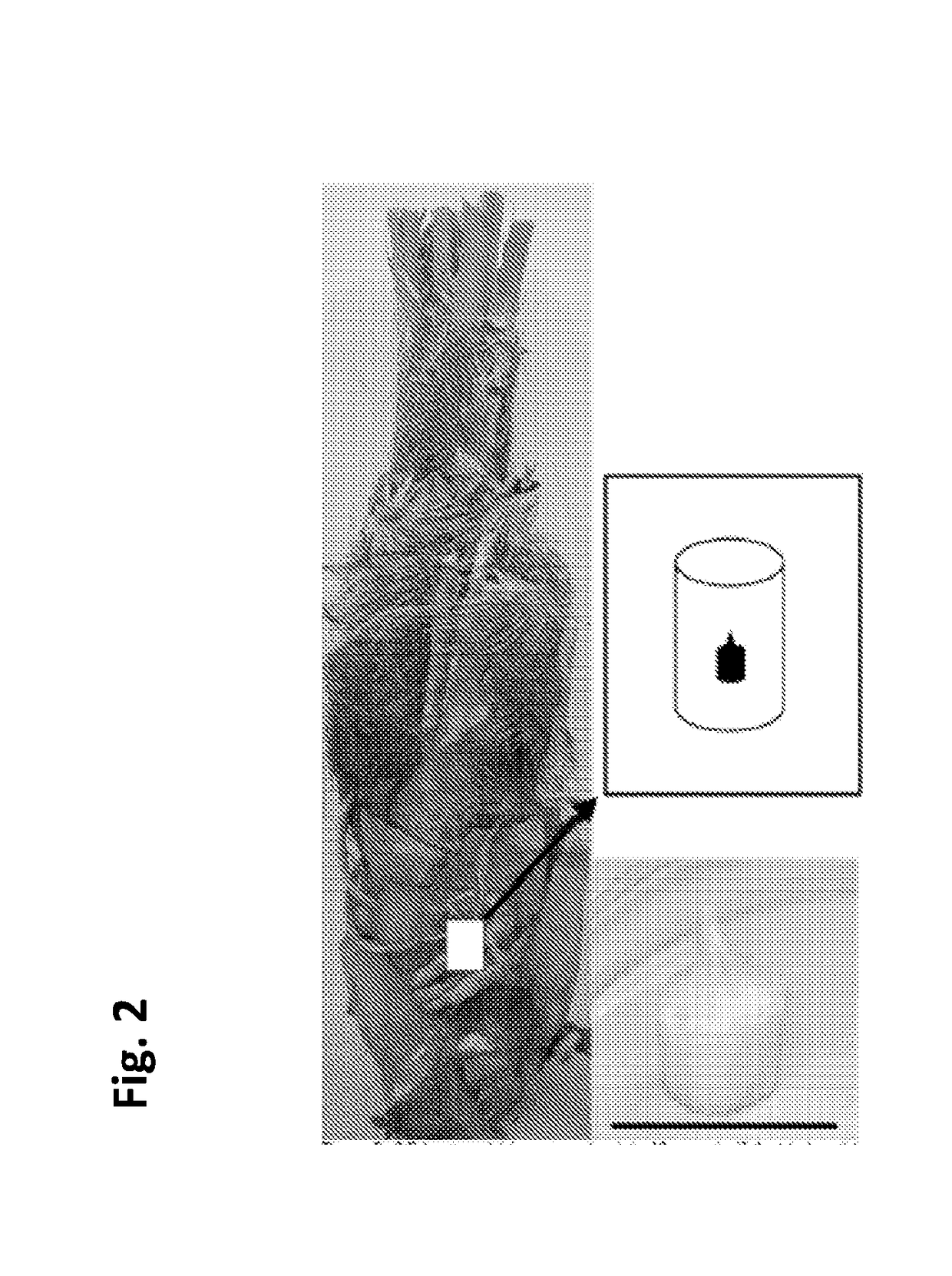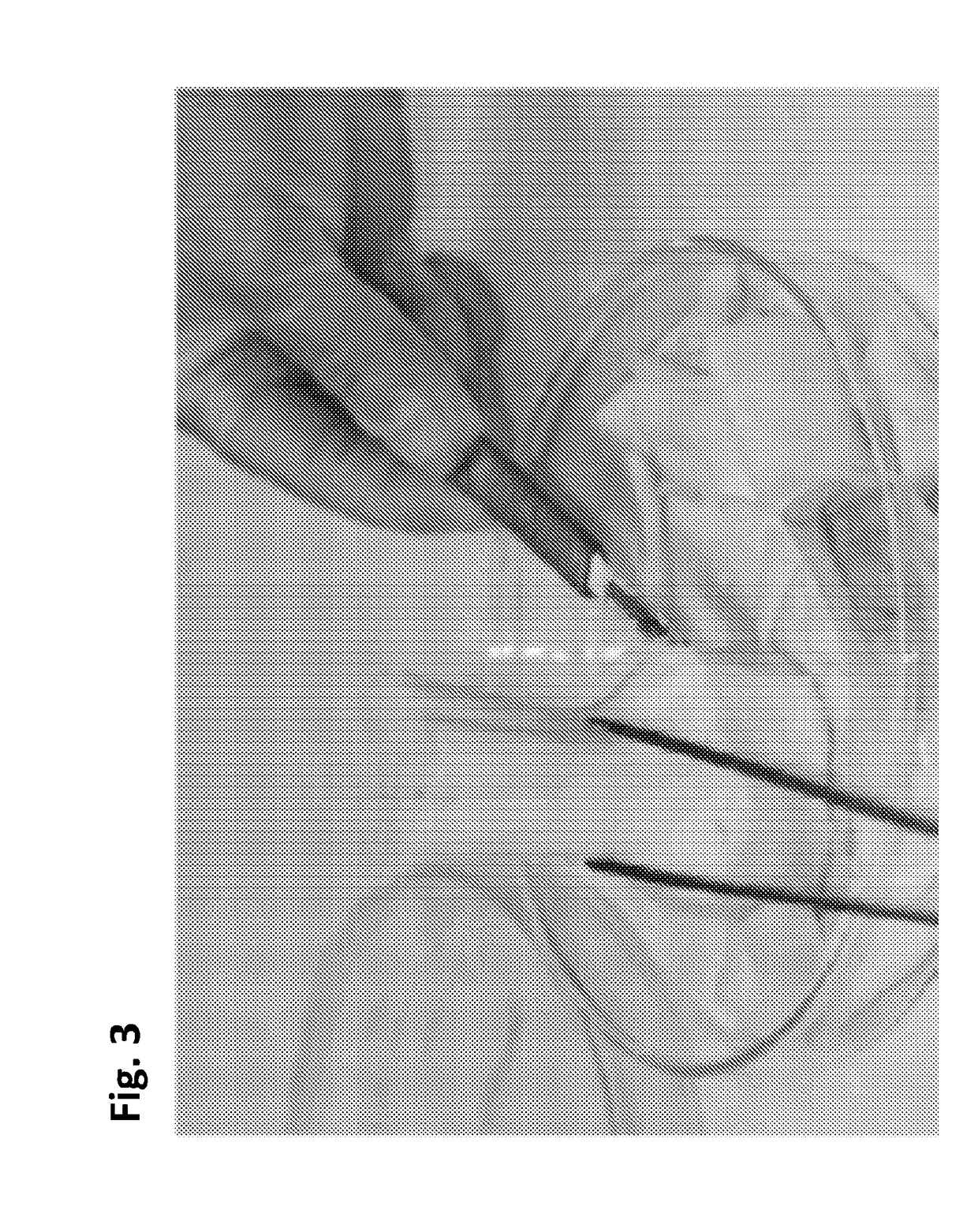Micropropagation of date palm
a technology of date palm and micro-propagation, which is applied in the field of micro-propagation of date palm, can solve the problems of limited number of offshoots produced by individual date palms, time-consuming seed propagation, and limited production
- Summary
- Abstract
- Description
- Claims
- Application Information
AI Technical Summary
Benefits of technology
Problems solved by technology
Method used
Image
Examples
example 1
Micropropagation of a Date Palm—Organogenesis
[0151]Selected offshoots of a date palm are 3-6 years old with an average weight of 3-10 kg. Before removing the offshoots, the connection between the offshoots and mother plant is established. Shoot tips and buds are obtained as described above. Alternatively, flowers may be prepared as described above.
Antioxidant Treatment
[0152]Shoot tips or flower tissue is transferred to an antioxidant solution containing 100 mg of ascorbic acid and 150 mg of citric acid to avoid phenolic oxidation.
Incubation
[0153]Disinfected shoot tips and buds or flowers are transferred to an incubation media selected from one or more of PA01, PA02, PA03, PA04, PA05, PA06, PA07, PAE-1, PAE-1M, PAE-7, PAE-71, and PAE-9, as described in Table 9. These explants are then incubated for 4-6 months, and subcultured in fresh media approximately every month. After 4-6 months of incubation, the transplants are transferred to light with a photoperiod of 16 h at 25° C. Optional...
PUM
| Property | Measurement | Unit |
|---|---|---|
| thick | aaaaa | aaaaa |
| rachis angle | aaaaa | aaaaa |
| thick | aaaaa | aaaaa |
Abstract
Description
Claims
Application Information
 Login to View More
Login to View More - R&D
- Intellectual Property
- Life Sciences
- Materials
- Tech Scout
- Unparalleled Data Quality
- Higher Quality Content
- 60% Fewer Hallucinations
Browse by: Latest US Patents, China's latest patents, Technical Efficacy Thesaurus, Application Domain, Technology Topic, Popular Technical Reports.
© 2025 PatSnap. All rights reserved.Legal|Privacy policy|Modern Slavery Act Transparency Statement|Sitemap|About US| Contact US: help@patsnap.com



